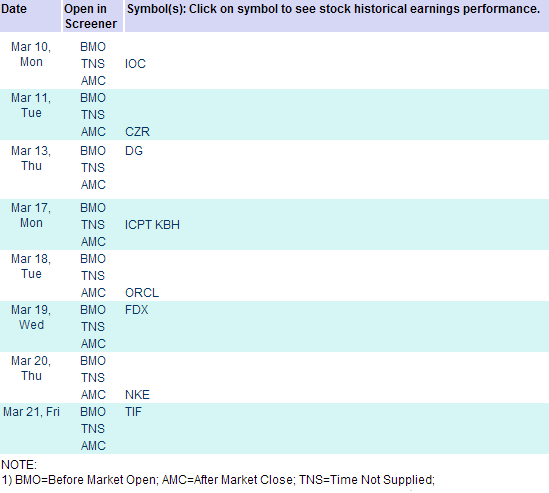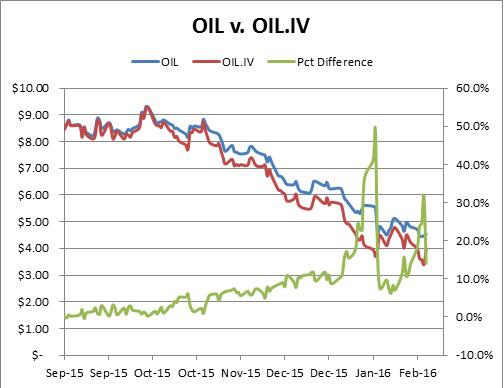Index arbitrage program trading premium values
Spam, Faxes and E-mails. Free Level 2 Stock Quotes. Stock and Bond Certificates. Free Auto-refreshing Custom Page. Complete listing OTCBB Issues. Friends Of AllStocks Kentucky Derby Tickets Fireman EMT Jobs Yacht Insurance Square Head Bolts Firefighter Jobs Welding Cleveland Wedding Officiant Racing Engines Chipotle Chile Pepper Famous People Get Webserver.
Through a complex formula using current short term interest rates and the amount of time left until the futures contract expires, one can determine what the spread between the futures and the cash "should" be. The actual formula for determining fair value is reproduced at the end of this paper. When the spread is at fair value, where it "should" be, there is no theoretical advantage to owning the futures instead of the cash, or vice versa. Their buy and sell decisions will be driven by other factors.
But, when the spread drops below fair value or moves above it by a large enough margin, then one of the choices stocks or futures will become more attractive than the other, and they will sell one and buy the other. Supply and demand in the futures pit in Chicago determines the price of the futures contract.
LAT - Short Course
Sometimes, these forces go in opposite directions, or in the same direction, but at different speeds. When that happens, the spread changes. Each day on Business Center 6: It all depends on how deeply you want to understand the process. For most people it is not necessary to know much more than what is in this explanation. At the end, I will give you some references for further information. The following information is about a phenomenon in the stock market which is completely unrelated to what most investors would consider the "fair value" of stocks.
THIS fair value has nothing to do with company or stock market fundamentals. It is strictly a technical approach, and one which has on occasion seriously roiled the markets. Some may try to "go with" the programs, others may try to go against them on the theory that the price moves are "artificial. The contracts expire quarterly. They are March SPH on the ticker , June SPM , September SPU , and December SPZ.
When we put up the Fair Value screen, or discuss the futures before the stock market opens, we are ALWAYS referring to the next-expiring futures contract.
That is referred to as the "front month," but we rarely say "front month" because that is simply assumed. So, in late March, after the March contract has expired, and in April, May, and early June, the "front month" is the June contract.
A day before the June expires, September becomes the front month, and so on. You can get more information on the futures contracts from the Chicago Merc, whose address is at the end of this paper. Assume at a given point in time:. Here, the "spread" or "premium" is 5 points, or 5. This appears on our ticker at approximately ten minutes intervals next to the symbol "PREM.
FAIR VALUE DOES NOT CHANGE DURING THE DAY. However, as each day passes, it gets a little smaller, because the time left until futures expiration is part of the value.
The "buy" and "sell" levels are not exact. Since borrowed money is used by the arbitrageurs arbs who play this game, and since the cost of borrowing can be slightly different for each arb, the exact point at which these trades become profitable varies.
This is all you really need to know.
It is like a tide table, telling you when the tide will come in or go out. But, if you want to know some of the workings behind this, read on. As an example, assume the market opens with the spread at fair value. But, as trading begins, as mentioned earlier, the futures and the cash go their separate ways.
If the spread widens to 6. So, they BUY stocks and SELL the futures. That is why that number is labeled "BUY.
S&P Index Arbitrage Program Trading Premium Values | Elite Trader
So, by monitoring the spread which appears on our ticker labeled "PREM" , one can get a good idea of whether to expect sudden selling or buying by the institutions. The act of selling something tends to depress its price, while buying it tends to raise its price. So, the programs that the institutions trigger tend to drive the spread back to fair value very quickly.
With a wide spread between the futures and the cash the futures are too expensive relative to fair value , buying stocks and selling futures drives the cash index up and the futures down, which NARROWS the spread, returning it to fair value.
Therefore, the effect caused by hitting these buy and sell levels can be VERY short-lived. Unfortunately, this information alone can be misleading, and there is not enough room on the screen to put up all the relevant numbers.
Forbidden
So, we try to give viewers a reference point so they will know whether we are in "BUY", "SELL", or "FAIR VALUE" territory.
But, the futures ARE trading in Chicago in an after-hours session. In fact, they trade all night and up to 9: So, during those pre-stock market hours, the spread is changing as the futures trade.
What we do is make a note of fair value and then tell viewers what change is needed in the futures to reach fair value. Here, the futures closed at only a 2 point premium to cash this is possible because the futures continue to trade for a few minutes after stocks have closed, so they can wander off in their own direction.
But, in the "after-hours" futures session, the futures are up another 4. So, you would hear us say something like, "The futures, at plus 4, are right at fair value, and they will therefore not be a factor at the open. But, suppose in this example, the futures were up only 2 points. But, the reality would be this:.
Since fair value is at 6. While the futures are up, they are still BELOW fair value, and therefore, they would have a NEGATIVE influence on the opening of the stock market. In this case, you would hear us say something like "Even with the futures up 2, they are well below fair value and are a negative for the opening. We need to get to plus 4 in order to be at fair value.
Also note that it is possible for a declining futures price to still be a positive. If the futures and cash closed far enough apart, say by 8 points, then a 1 point decline in the futures would still leave a spread of 7 points, which, in our example, would be enough to trigger buy programs at the open.
THINGS TO BEAR IN MIND First, the predictive value of the spread is very certain, but also very short-lived. In the morning, the effect is gone within the first few minutes of trading. The spread can tell you which direction the market will go AT THE OPEN, but once trading starts, things change quickly.
Forbidden
Its primary value for the average investor is probably in the area of "market on open" orders. People who instruct their brokers to buy or sell when the market opens should be aware of how the open is likely to go.

Its secondary value is peace of mind. Knowing that program trading is likely at the open, investors are less likely to become overly concerned if the market drops sharply in the first few minutes. Second, the spread itself can change very quickly in the "after-hours" and "pre-opening" session.
There are not a lot of traders working, and the contract can make big moves in a flash. Third, professionals and institutions are watching the futures like a hawk, and reacting instantaneously. By the time we have finished our explanation of what the futures are indicating, the big money has already reacted. They are WAY ahead of the average investor. The value of this information is that it tells you what to expect the big money to do. But it rarely gives you a head start because the institutions have the computer power that figures out all the possibilities and spits out buy and sell orders in less than the blink of an eye.
So, it should be treated merely as another piece of the puzzle, information that lets you know WHY things are happening, not necessarily information that puts you on an even footing with the big guys. Fourth, sell programs sell stocks, buy futures require less margin less borrowed money.
So, there is a natural bias toward having more sell programs than buy programs. Fifth, as each quarter progresses remember, the futures contracts expire each quarter the fair value declines, increasing the likelihood that the spread will hit the buy or sell level.

Sixth, despite points 4 and 5 above, which show the table titled in favor of sell programs, the Dow Industrials are up thouands of points since program trading came into existence. This proves, to me at least, that while the programs are something we should all be aware of, they have NO measurable long-term impact on stocks. They blow through the market and sometimes create quite a fuss, perhaps panicking some into selling out, but days, and sometimes only hours, later, prices are right back where they started.
In fact, some professional traders I know wait for sell programs to hit so they can buy up the blue chips on the weakness. What Is "Fair Value? FAIR VALUE SCREEN Each day on Business Center 6: At other times on CNBC, we just show you the Fair Value screen. Assume at a given point in time: Assume for this example, that on a given day, the Fair Value screen looks like this: Futures closed their regular session at Spread or premium is 2.
But, the reality would be this: